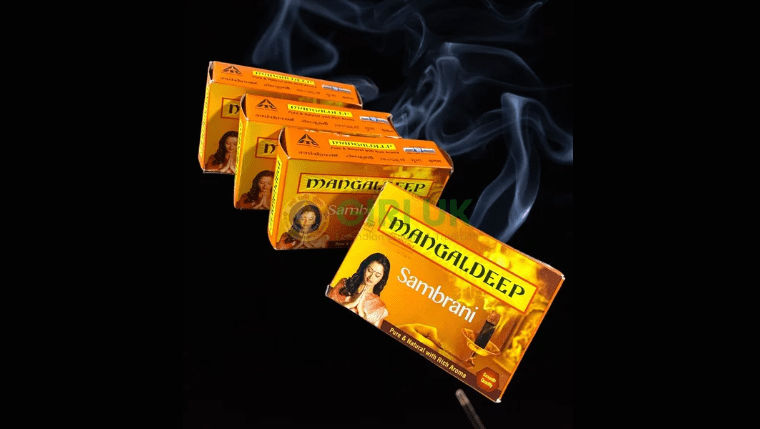The Festival of Colours and Unity


The Festival of Colours and Unity
Holi commemorates various legends, primarily the triumph of Prince Prahlad over Holika, a demoness and also the everlasting love between Lord Krishna and Radha. Holi isn't merely a festival of revelry; it's a spiritual journey that reinforces the values of compassion, forgiveness, and harmony.
Holi commemorates various legends, primarily the triumph of Prince Prahlad over Holika, a demoness and also the everlasting love between Lord Krishna and Radha. Holi isn't merely a festival of revelry; it's a spiritual journey that reinforces the values of compassion, forgiveness, and harmony.




Central to the celebration of Holi is the playful ritual of applying colours on one another, which bridges divides of caste, creed, and social status, and fosters a sense of equality and camaraderie. On this day, old grudges are forgotten, and friendships are forged or renewed amidst clouds of vibrant powders and sprays of coloured water. The air is filled with laughter and music as people dance to the beat of traditional drums, immersing themselves in the infectious energy of the festivities.
One of the most iconic aspects of Holi is the bonfire lit on the eve of the festival, known as Holika Dahan. Symbolising the victory of good over evil, this ritual involves the burning of effigies representing the demoness Holika. Communities gather around the bonfire, offering prayers and seeking blessings for prosperity and well-being. The warmth of the flames mirrors the warmth of human connections, as people come together to share stories, sweets, and laughter.




The following day, the Holi puja is performed. Holi puja follows different kinds of procedures followed in different traditions. The most common practice is to place idols of Radha and Krishna on the altar, decorate them with colourful costumes and jewels, and offer chosen range of flowers, prayers and delicacies as offerings. Families come together and sing the praises of Radha and Krishna, out of love for the deities, and asking for the welfare of the family. At the end of the puja, sweets are distributed to the members gathered.
Beyond its religious and cultural significance, Holi holds a universal appeal, captivating people of all ages and backgrounds with its exuberance and spirit of inclusivity. In recent years, Holi has become a global phenomenon, uniting people in a shared celebration of life and diversity.
However, amidst the revelry and merriment, it's crucial to remember the essence of Holi and uphold its values of respect and consent. While applying colours and participating in water fights are integral parts of the festivities, it's essential to ensure that everyone feels comfortable and safe. Respecting personal boundaries and exercising restraint fosters an environment of mutual respect and ensures that everyone can enjoy the celebrations to the fullest.




Traditional Holi colours were derived from natural sources such as flowers and herbs, but the widespread use of synthetic colours has raised concerns about pollution and environmental degradation. Thankfully people are more aware and conscious of the impact of Holi colours on the environment and health, and so have moved to more naturally produced coloured powders that helps a guilt free celebration.
Like the 7 colours dispersing from a prism, Holi reminds us that we are all parts of the same bright light, connected and blending seamlessly into the canvas of humanity. Happy Holi!


